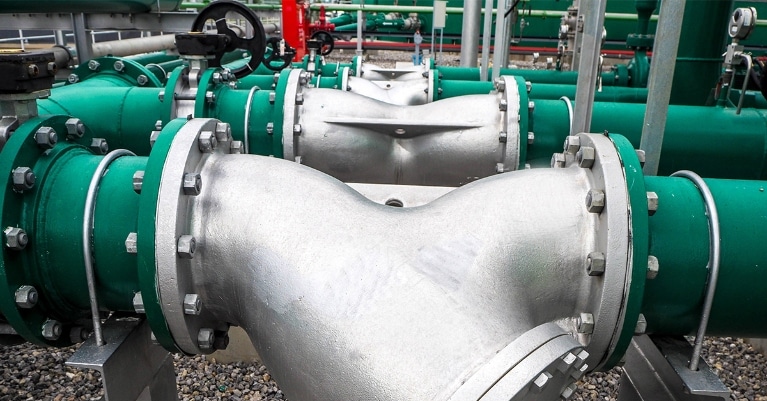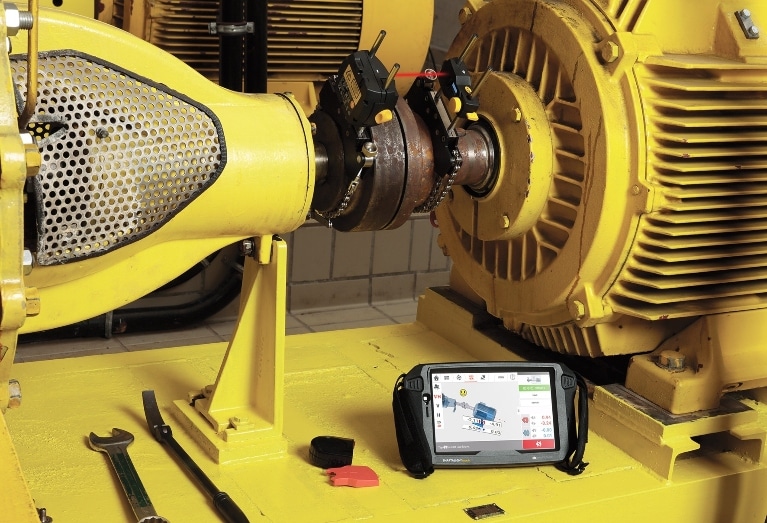By Elzuinshah Rahmat

Pipe stress occurs when the mating surface of two pipe flanges is misaligned. The misalignment creates abnormal internal stress on the pump bearings, seals, motor bearings and couplings and can even change the pump displacement.
Failure modes experienced from pipe stress on bearings include:
- Wear caused by seals leaking
- Wear caused by static vibration
- Indentations caused by overloading while static
- Corrosion caused by inadequate lubrication caused by abnormal loading (seal leaking)
- Flaking caused by misalignment and excessive loading
To prevent pipe stress and the related long-term pump problems, follow these general rules:
- Pipe flanges attached to pumps must be aligned such that the gap does not exceed the thickness of two gaskets or the tolerance established by your company’s engineering standards.
- Pipe flange bolts must drop in without assistance.
- Cable pullers, come-a-longs, or long bars should not be used when aligning a flange connected to a pump.
Follow these guidelines to eliminate pipe stress and validate the procedure:
- Bolt flanges to pump and insert blind flange gasket along with two regular flanges between pump and mating flanges (cover the hole between welding area and inside the pump).
- Attach welding ground to flange. Do not attach ground lead to pump; welding group must always be attached to flange.
WARNING: Failure to accomplish this task properly will cause bearing failure via “electric arcing.” - Tack weld flange into place, reverse welding each tack.
- Allow to cool for 10 minutes.
- Reverse stitch weld opposite sides of the flange, similar to cast iron welding.
- After initial reverse stitch weld, then weld normally using an electrode recommended by the American Welding Society (typically E-6010 5P or GTAW)
- After root pass, weld in any direction you wish.
- Allow to cool and then disconnect flange, replace gaskets and validate:
- Bolts must drop into holes without pry bar.
- Gap between flanges must be no more than two gaskets thick.

